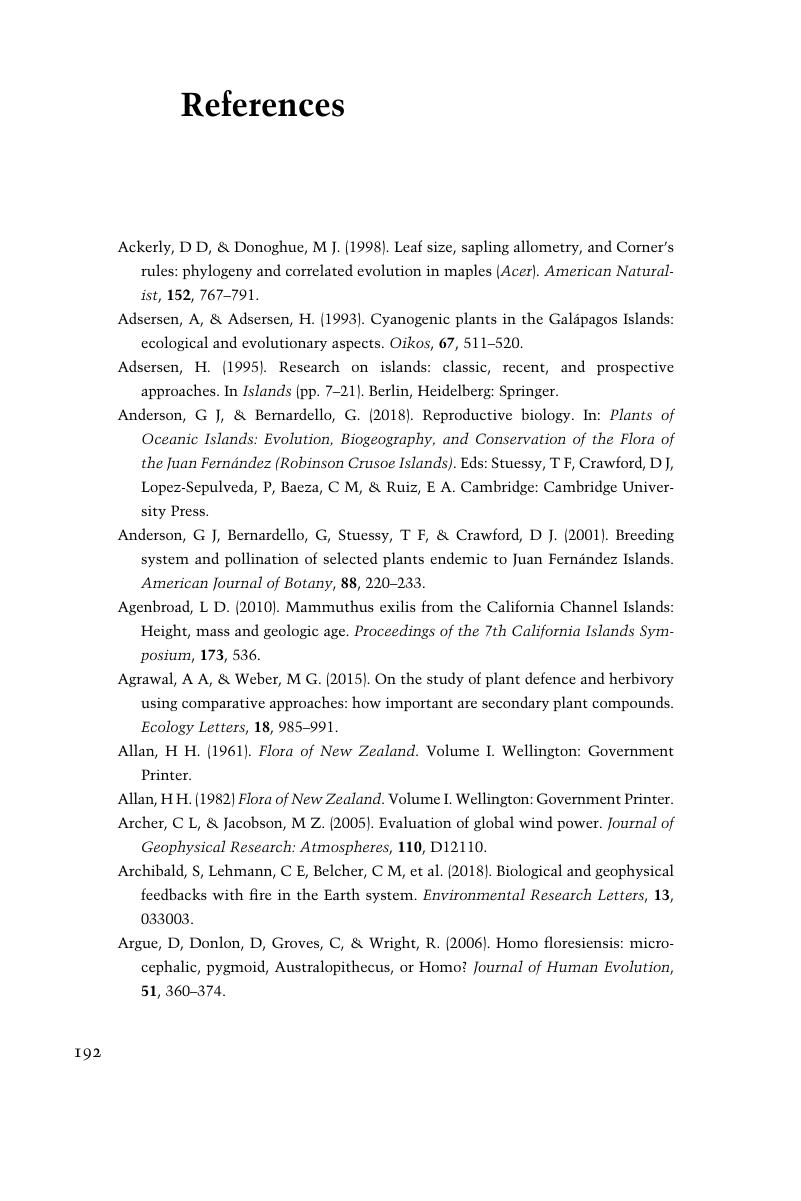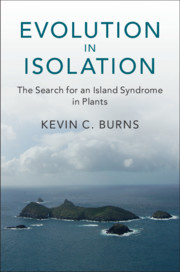References
Published online by Cambridge University Press: 13 May 2019
Summary

- Type
- Chapter
- Information
- Evolution in IsolationThe Search for an Island Syndrome in Plants, pp. 192 - 222Publisher: Cambridge University PressPrint publication year: 2019



